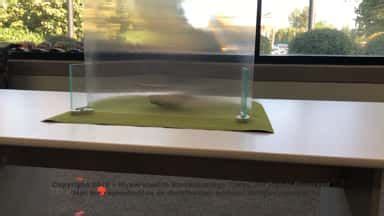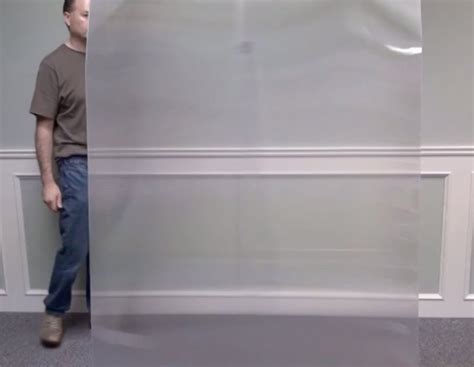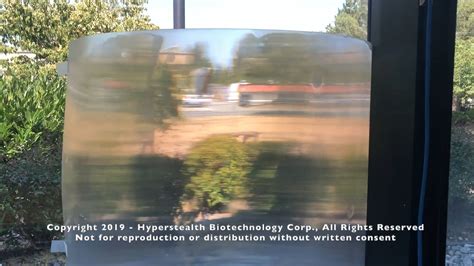Introduction to Stealth Technology and Quantum Radar
Stealth technology has been a game-changer in modern warfare, allowing aircraft to evade detection by traditional radar systems. However, the emergence of quantum radar threatens to render stealth technology obsolete. In this article, we will explore the principles behind stealth technology, the development of quantum radar, and the potential implications for military aviation.
What is Stealth Technology?
Stealth technology, also known as low observable technology, is a set of techniques used to make aircraft, ships, and other vehicles less visible to radar, infrared, and other detection methods. The goal is to reduce the radar cross-section (RCS) of the vehicle, making it harder to detect and track.
Stealth aircraft, such as the F-117 Nighthawk and the B-2 Spirit, employ a combination of radar-absorbing materials, unique geometries, and advanced electronic countermeasures to minimize their RCS. These design features help to scatter and absorb incoming radar waves, reducing the amount of energy reflected back to the radar receiver.
The Limitations of Traditional Radar
Traditional radar systems rely on the reflection of radio waves to detect and track objects. When a radar pulse hits a target, a portion of the energy is reflected back to the radar receiver. By measuring the time it takes for the reflected signal to return and the direction from which it arrives, the radar system can determine the target’s range, speed, and bearing.
However, traditional radar has several limitations:
- It struggles to detect low-flying targets due to ground clutter and terrain masking.
- It can be fooled by radar-absorbing materials and stealth geometries.
- It has difficulty distinguishing between multiple closely-spaced targets.
- It is susceptible to electronic jamming and other countermeasures.
These limitations have driven the development of more advanced radar technologies, including quantum radar.
The Principles of Quantum Radar
Quantum radar is a cutting-edge technology that leverages the principles of quantum mechanics to detect and track targets with unprecedented accuracy and sensitivity. Unlike traditional radar, which relies on classical physics, quantum radar exploits the unique properties of entangled photons to overcome the limitations of conventional systems.
Quantum Entanglement and Photon Pairs
At the heart of quantum radar is the concept of quantum entanglement. When two particles, such as photons, become entangled, their quantum states are linked in such a way that measuring the state of one particle instantaneously affects the state of the other, regardless of the distance between them.
In quantum radar, a special crystal is used to generate pairs of entangled photons. One photon from each pair is sent out towards the target, while the other is retained at the radar receiver. When the outgoing photon interacts with the target, its quantum state is altered in a way that is instantly reflected in the state of its entangled partner at the receiver.
Advantages of Quantum Radar
Quantum radar offers several significant advantages over traditional radar systems:
- Enhanced sensitivity: By exploiting the properties of entangled photons, quantum radar can detect much smaller and more elusive targets than classical radar.
- Improved resolution: Quantum radar can achieve sub-wavelength resolution, allowing it to distinguish between closely-spaced targets and provide more detailed imagery.
- Resistance to jamming: The use of entangled photons makes quantum radar inherently resistant to electronic jamming and other forms of interference.
- Detection of stealth targets: Quantum radar has the potential to detect and track stealth aircraft, as it is not fooled by radar-absorbing materials or unique geometries.
| Characteristic | Traditional Radar | Quantum Radar |
|---|---|---|
| Sensitivity | Limited | Enhanced |
| Resolution | Wavelength-limited | Sub-wavelength |
| Jamming resistance | Vulnerable | Resistant |
| Stealth detection | Difficult | Possible |
Challenges and Limitations
Despite its promise, quantum radar faces several challenges and limitations:
- Technological complexity: Generating and manipulating entangled photons requires advanced optical systems and precise control over quantum states.
- Range limitations: Current quantum radar prototypes have limited range compared to traditional radar systems.
- Atmospheric effects: Quantum radar signals can be disrupted by atmospheric turbulence and other environmental factors.
- Cost and scalability: Developing and deploying quantum radar systems on a large scale may be prohibitively expensive, at least in the near term.

The Impact on Stealth Aircraft
The development of quantum radar has significant implications for the future of stealth aircraft. If quantum radar can reliably detect and track stealth targets, it could render current stealth technologies obsolete and force a major shift in military aviation.
Countering Quantum Radar
To maintain their edge in the face of quantum radar, stealth aircraft designers will need to develop new countermeasures and strategies. Some potential approaches include:
- Advanced materials: Developing new radar-absorbing materials that are effective against quantum radar frequencies.
- Quantum jamming: Exploiting the principles of quantum mechanics to disrupt or deceive quantum radar signals.
- Decoys and false targets: Using electronic warfare techniques to create false targets and confuse quantum radar systems.
- Sensor fusion: Combining data from multiple sensors, including optical and infrared systems, to provide a more complete picture of the battlespace.
The Future of Stealth
Despite the challenges posed by quantum radar, stealth technology is likely to remain a critical component of military aviation for the foreseeable future. As quantum radar systems become more sophisticated, stealth aircraft will need to evolve to stay ahead of the curve.
Some experts predict that the future of stealth will involve a combination of advanced materials, electronic warfare, and artificial intelligence. By integrating these technologies, stealth aircraft may be able to adapt to new threats in real-time, dynamically adjusting their signature to minimize detection.

Conclusion
The emergence of quantum radar represents a significant challenge to the dominance of stealth technology in modern warfare. By exploiting the principles of quantum mechanics, quantum radar has the potential to detect and track targets that are invisible to traditional radar systems.
However, the development of quantum radar is still in its early stages, and there are many technical and practical hurdles to overcome before it can be widely deployed. In the meantime, stealth aircraft designers will need to continue innovating to stay ahead of the evolving threat landscape.
As the race between stealth and detection technologies continues, one thing is clear: the future of military aviation will be shaped by the interplay of cutting-edge science, engineering, and strategy.

Frequently Asked Questions (FAQ)
-
Q: What is the main difference between quantum radar and traditional radar?
A: Quantum radar exploits the principles of quantum entanglement to detect and track targets, while traditional radar relies on the reflection of classical radio waves. -
Q: Can quantum radar detect stealth aircraft?
A: In theory, quantum radar has the potential to detect and track stealth aircraft, as it is not fooled by radar-absorbing materials or unique geometries. However, this capability has not yet been fully demonstrated in practice. -
Q: What are some of the challenges facing the development of quantum radar?
A: Quantum radar faces challenges such as technological complexity, range limitations, atmospheric effects, and cost and scalability issues. -
Q: How might stealth aircraft counter the threat of quantum radar?
A: Stealth aircraft designers may develop new radar-absorbing materials, employ quantum jamming techniques, use decoys and false targets, and integrate data from multiple sensors to counter quantum radar. -
Q: Will quantum radar render stealth technology obsolete?
A: While quantum radar poses a significant challenge to stealth technology, it is unlikely to render it completely obsolete in the near future. Stealth aircraft will likely evolve to incorporate new countermeasures and strategies to stay ahead of the evolving threat landscape.

No responses yet